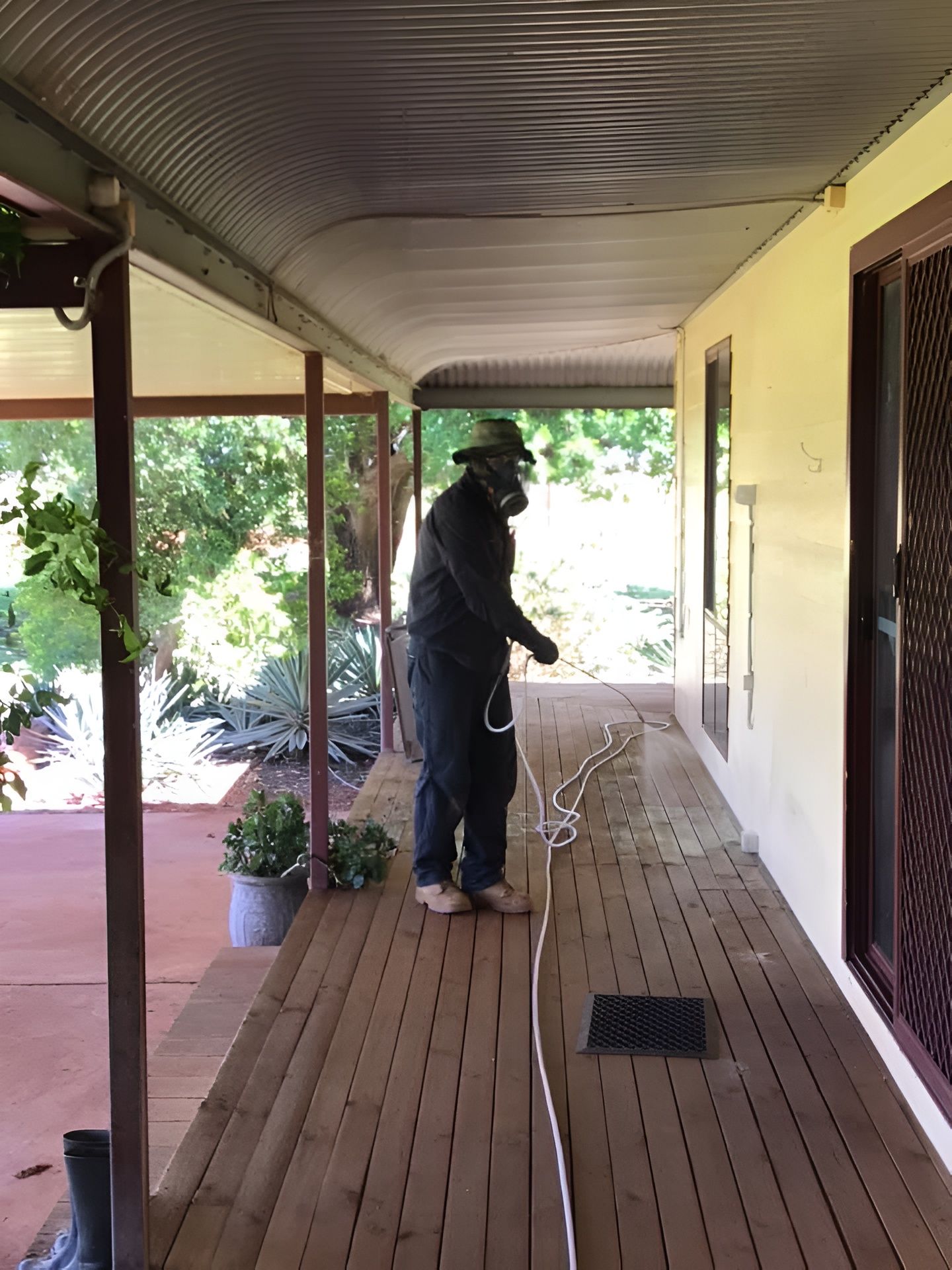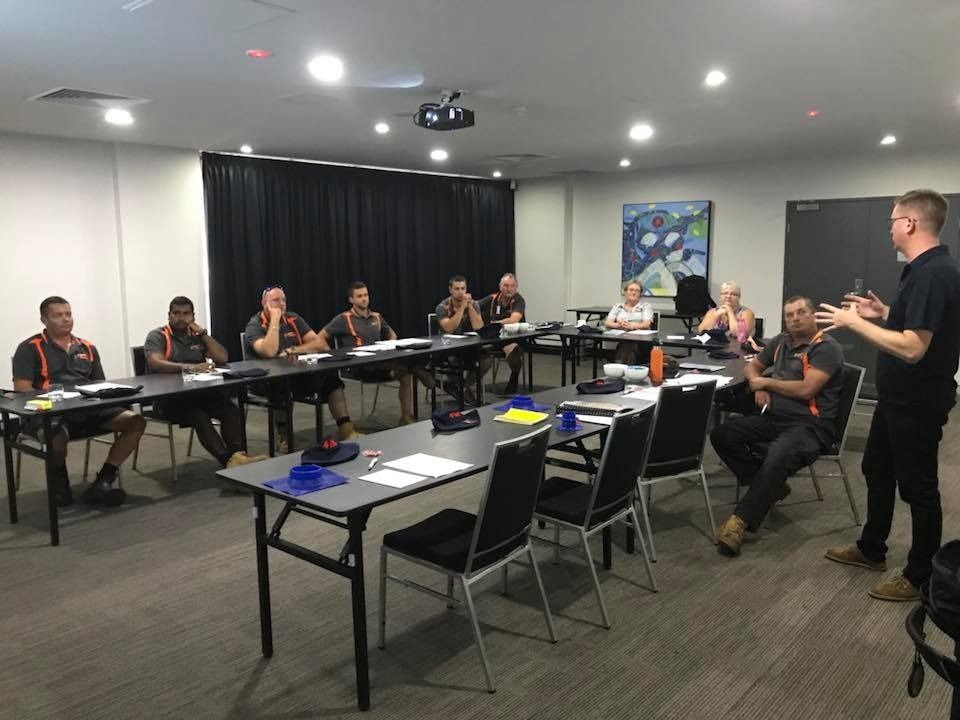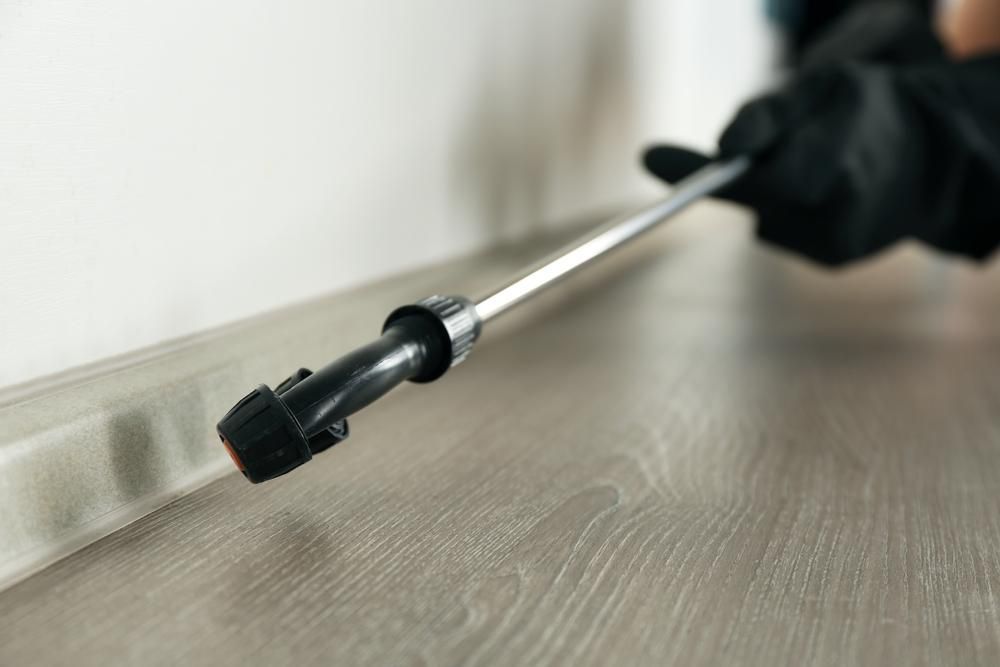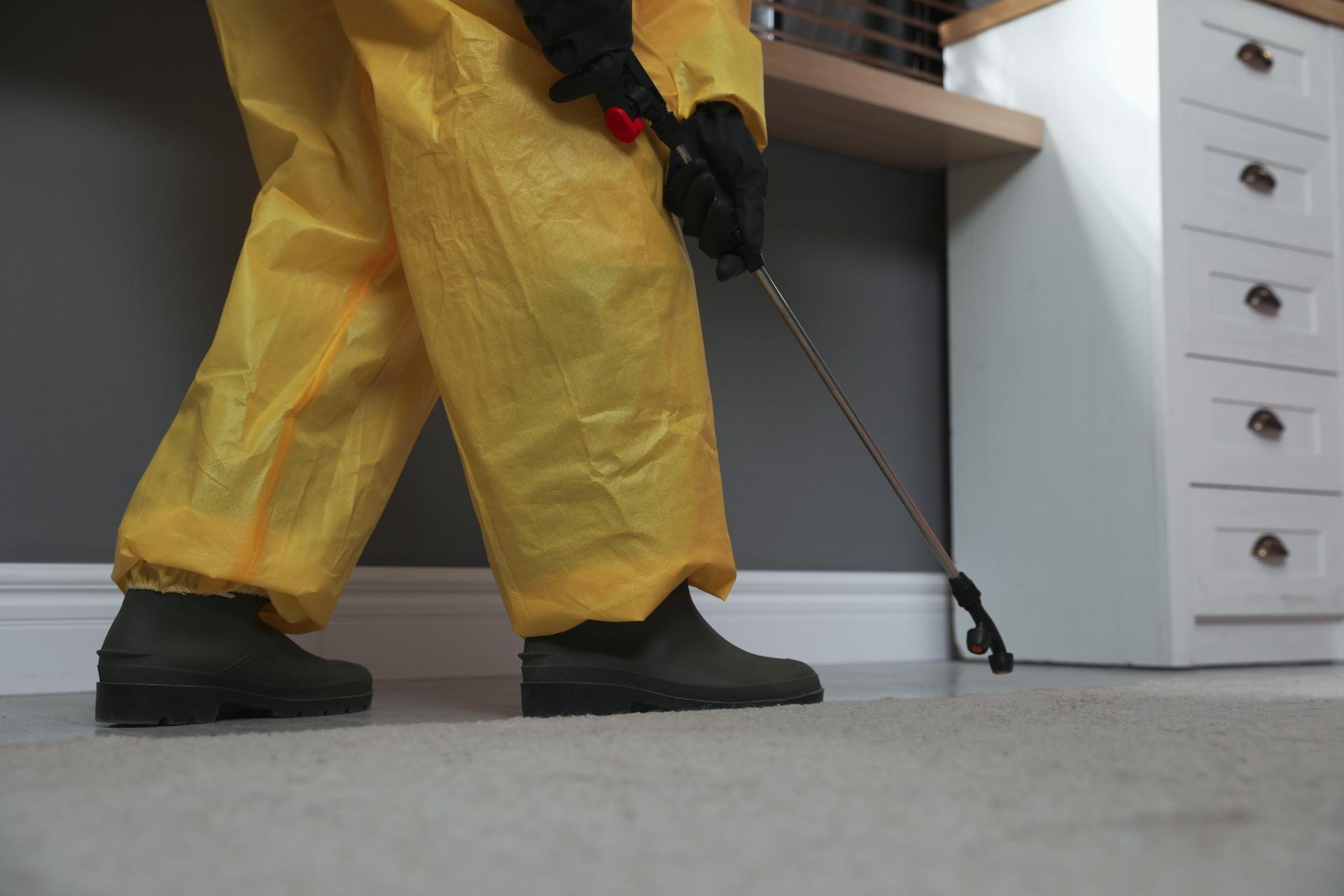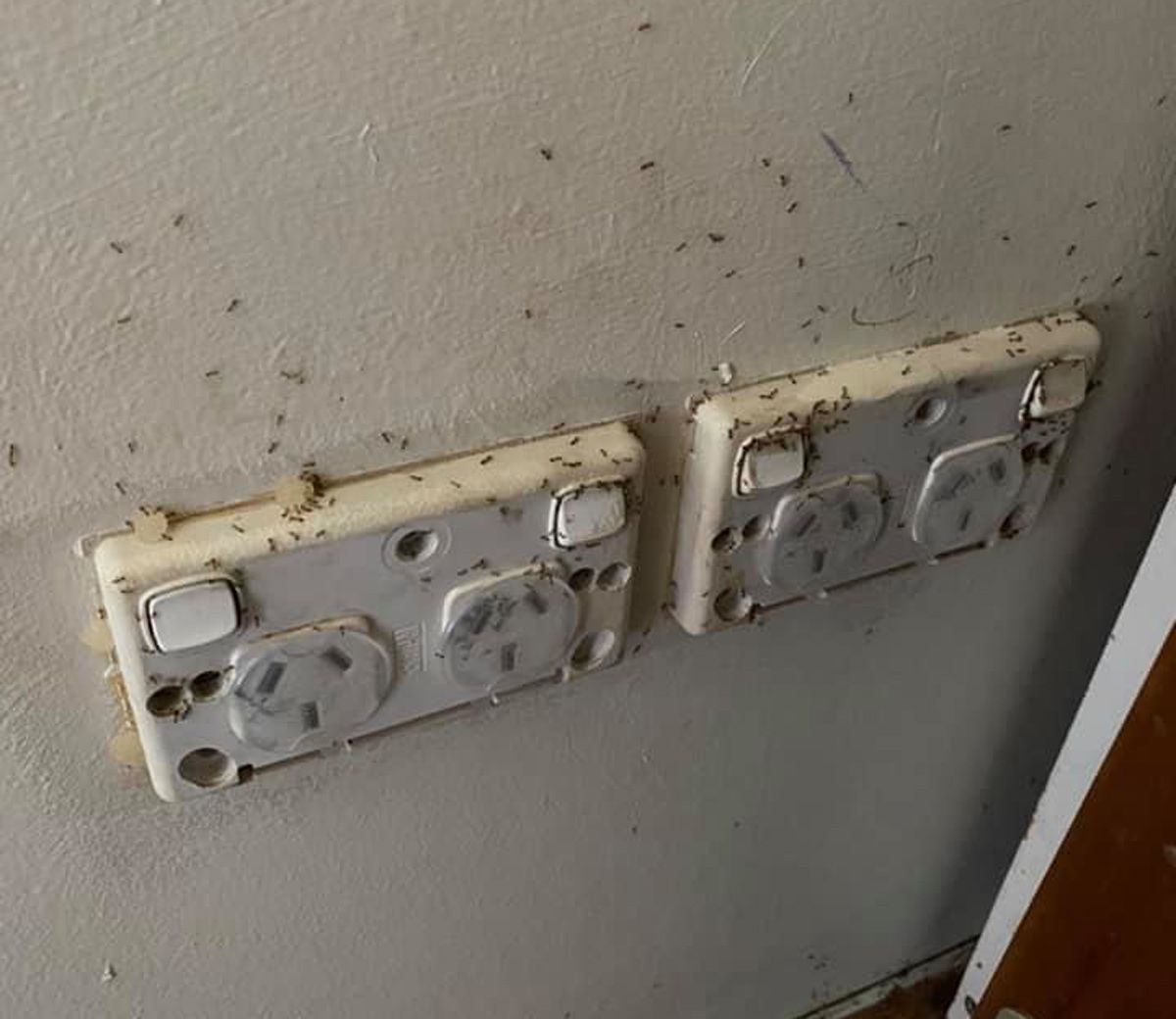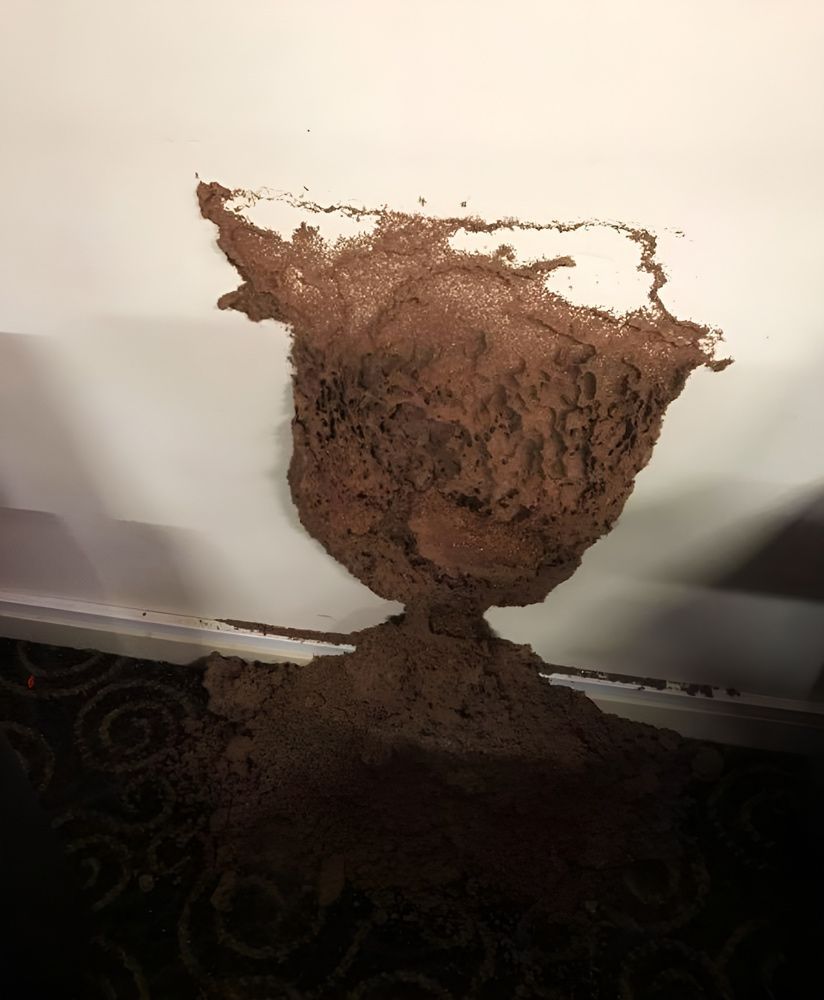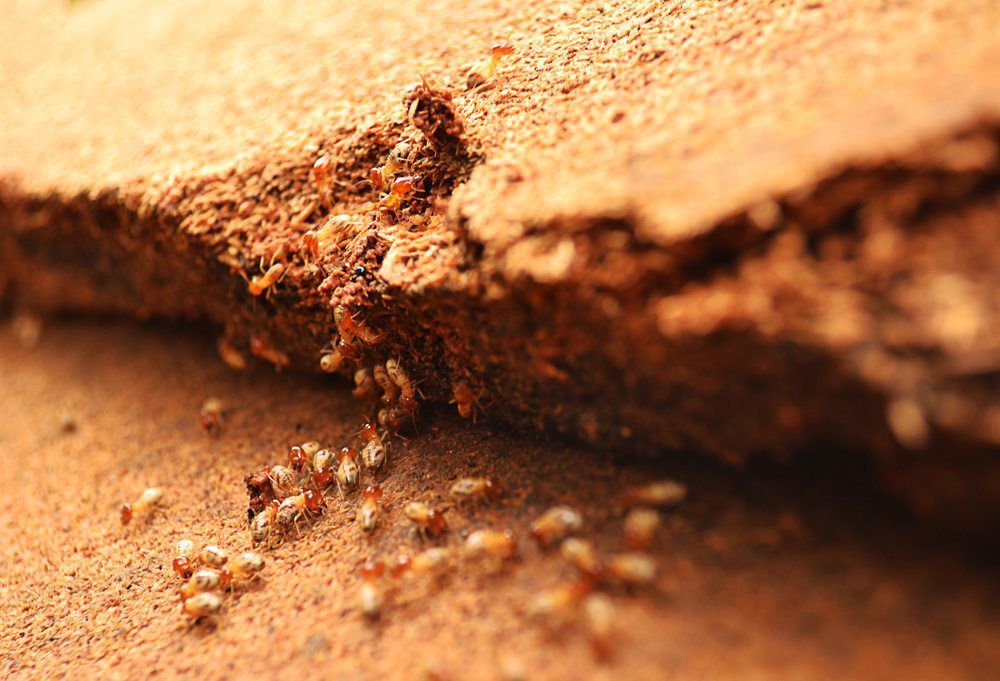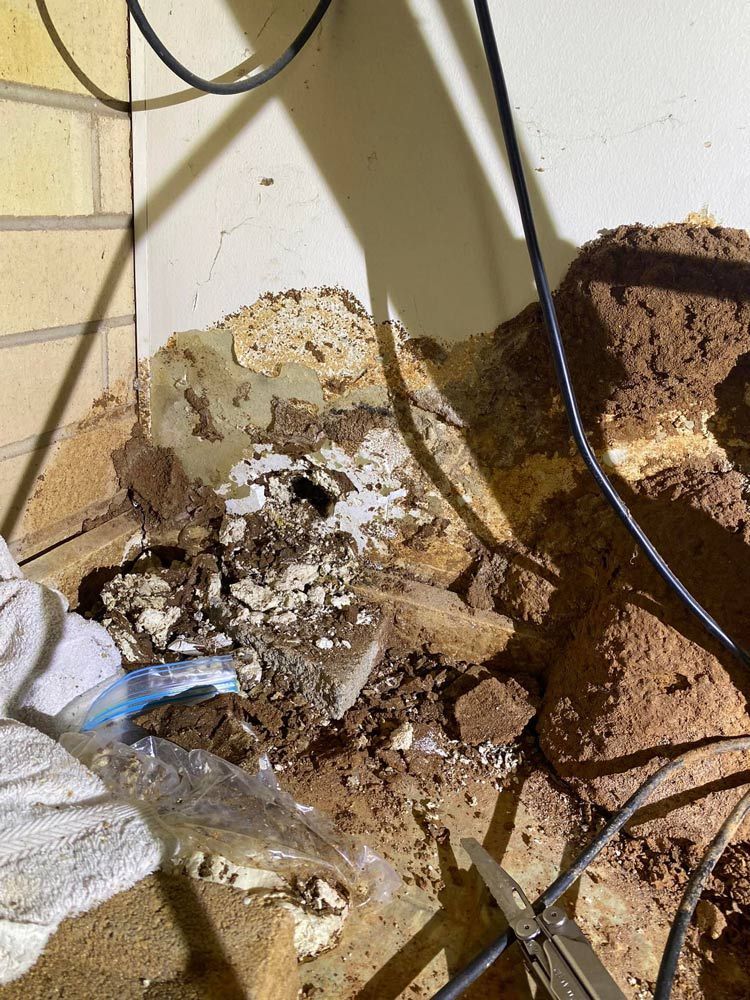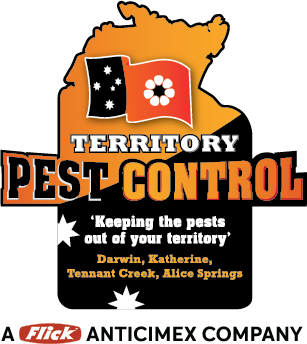How Long Does Termite Treatment Last? What Homeowners Should Know
When termites invade a home, they don’t just threaten timber—they threaten peace of mind. In regions like Darwin, where heat and humidity provide an ideal breeding ground for subterranean termites, effective protection isn’t just a one-off treatment—it’s an ongoing strategy. But how long does a termite treatment last? And what can you, as a homeowner, do to ensure it keeps working?
This blog explores the realities of termite treatment longevity in tropical environments, the different methods available, and why routine inspections and professional service plans are key to long-term termite control.
Understanding Termite Lifecycles & Treatment Timeframes
Termites operate on a biological clock that doesn’t align with quick fixes. Their colonies mature underground, often unseen for years before discovery. Understanding their lifecycle helps explain why some treatments may last longer than others and why some fail without warning.
Key insights include:
- Subterranean termites live in soil and are capable of building vast underground networks.
- Depending on environmental factors, colony growth can go unnoticed for 3–8 years.
- Treatments must intercept their movement patterns, not just eliminate visible termites.
This means treatment isn’t a one-and-done affair. It’s a sustained intervention that must adapt to termite biology and local conditions.
Differences Between Chemical Barriers & Baiting Systems
Termite control typically involves two main approaches: chemical barriers and baiting systems. While both are effective, they differ significantly in their application, duration, and maintenance requirements. Understanding these differences can help homeowners choose the most suitable option for their property and level of risk.
Chemical barriers are long-lasting treatments injected into the soil around a property’s foundations. These barriers act as a protective perimeter, killing or repelling termites that attempt to cross the treated zone.
- Typically lasts up to 8 years, depending on the soil type and environmental conditions.
- Targets the soil surrounding the building, creating a non-entry zone for termites.
- Requires annual inspections to ensure the barrier remains undisturbed and effective.
On the other hand, baiting systems work by intercepting termite activity with strategically placed bait stations. These stations contain slow-acting toxicants that termites consume and carry back to their colony.
- Each bait station generally remains effective for 12 to 24 months and must be monitored regularly.
- Focuses on monitoring active termite paths rather than preventing entry.
- Requires quarterly servicing to refresh baits and monitor termite activity.
Choosing the right system often depends on your home's structure, level of risk, and preferred approach to ongoing protection.
What Homeowners Should Expect After Initial Treatment
Many homeowners expect instant results after the initial termite treatment. However, it’s more of a monitoring phase than a finish line. The first 12 months are crucial in determining the long-term success of the treatment.
In the weeks and months following treatment, expect to:
- See increased termite activity around bait stations.
- Schedule a follow-up inspection within the first 6–12 months.
- Maintain clear access to treated soil areas—no digging, paving or landscaping that might disrupt the barrier.
This period helps pest control professionals assess whether termites have been successfully intercepted and whether additional treatment or monitoring is needed.
The Role of Soil Conditions & Property Layout
In Darwin, where rainfall and clay-sand mixes are common, soil type can make or break a termite barrier. Moisture levels and the layout of your property also influence how long a treatment will remain effective.
Common environmental challenges include:
- Sandy soil allows quicker chemical diffusion, which can reduce treatment longevity.
- Uneven drainage or pooled water near foundations can dilute soil treatments.
- Gardens or mulch against the wall can provide concealed termite access routes.
To address this, your technician may recommend site-specific steps, such as redirecting stormwater or reducing organic cover near the home’s perimeter.
Warning Signs That Your Termite Barrier May Be Failing
No termite barrier lasts forever. Recognising early warning signs can help prevent costly structural damage if your protection is compromised.
Keep an eye out for:
- Soft or hollow-sounding timber—especially skirting boards or window frames.
- Mud tubes running up concrete piers or foundations.
- Tight-fitting doors or windows may be a sign of internal structural warping.
If any of these signs are present, it’s vital to get a follow-up inspection done immediately, even if you’re within the expected treatment lifespan.
Why Regular Inspections Are Key to Ongoing Protection
No matter how good the initial termite treatment is, it won’t remain effective indefinitely. In Darwin’s humid environment, annual inspections are strongly recommended—even for homes under a chemical barrier.
Routine termite inspections help:
- Detect early signs of infestation before visible damage occurs.
- Identify areas where treatment has broken down, such as disturbed soil barriers.
- Provide updated documentation for insurance or property valuation purposes.
Many professional pest control providers offer inspection reminders or service plans to ensure you’re never caught off guard.
Long-Term Value of Professional Monitoring Systems
Investing in a long-term monitoring system is about prevention and peace of mind. Professionally installed and maintained baiting systems provide a dynamic, adaptive response to termite threats as they arise.
Benefits of ongoing monitoring include:
- Quarterly re-baiting, ensuring stations are active year-round.
- Real-time adjustments to treatment based on termite activity.
- Detailed reporting to track trends and spot vulnerable areas.
Unlike static treatments, monitoring plans evolve with your property, accounting for soil changes, weather events, and structural modifications.
Partnering with Licensed Professionals for Lasting Results
DIY termite treatments may seem cost-effective, but often lead to false confidence and eventual damage. Only licensed professionals understand local pest behaviour, approved chemicals, and treatment compliance requirements in the Northern Territory.
Why professional treatment pays off:
- Licensed operators use APVMA-approved products that are not available to the public.
- Treatment plans are tailored to your soil type, structure, and risk level.
- Warranty options are often available with proper ongoing maintenance.
With so much at stake, partnering with a trusted pest control expert ensures your treatment lasts as long as it’s designed to—and gives you backup if it doesn’t.
Need Reliable Termite Treatment in Darwin?
At Territory Pest Control, we understand how important it is to protect your property from the constant threat of termites. Whether you’ve already had treatment or are planning one, we offer tailored termite treatment solutions in Darwin, including chemical barriers, baiting systems, and long-term monitoring.
Our team is here to provide clear advice, certified applications, and reliable follow-up support.
Contact us today to book an inspection or learn more.
